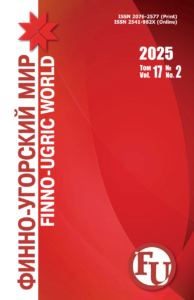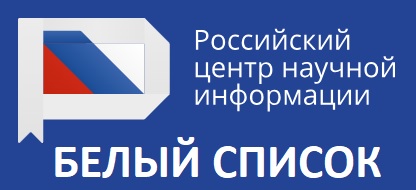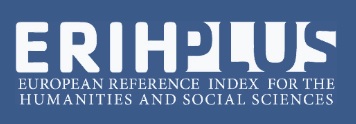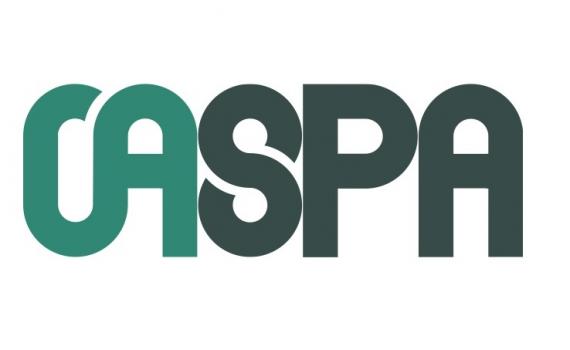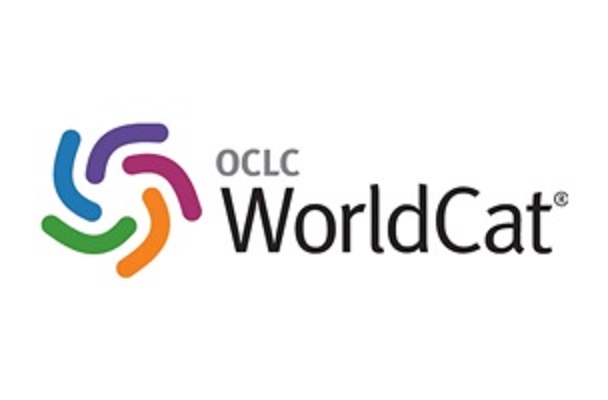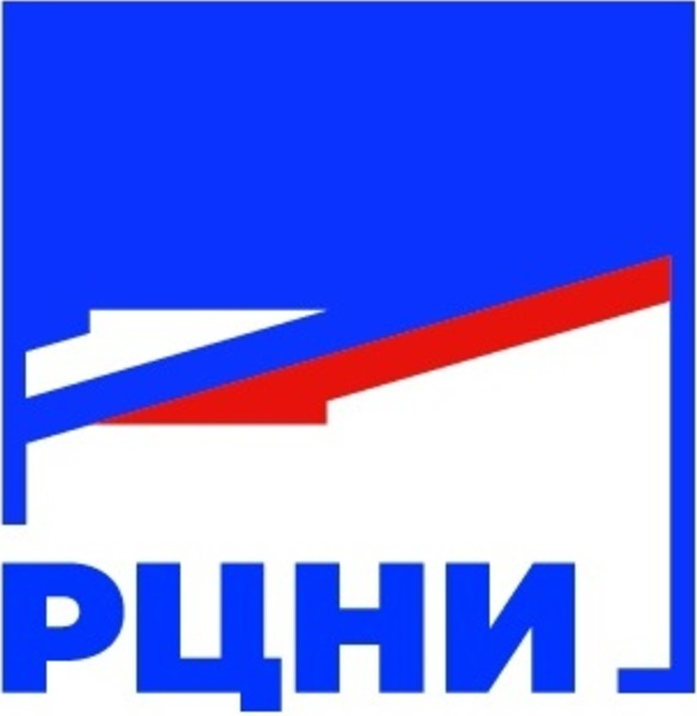DOI: 10.15507/2076-2577.011.2019.04.403-413
Metaphorical and metonymic conceptualization in body part idioms in English and Hungarian
Tatiana A. Soldatkina,
Candidate Sc. (Philology), Associate Professor,
Department of Cross-Linguistic Communication,
Mari State University
(Yoshkar-Ola, Russia), fia.solta@gmail.com
Introduction. In modern linguistics, the study of metaphorical and metonymic conceptualization in the phraseology of different structural languages is relevant. The main purpose of the article is to study the similarities and differences in metonymic and metaphorical conceptualization, through body part idioms in English and Hungarian. The conceptual mechanisms of somatic phraseological units in the English language and their Hungarian equivalents were studied.
Materials and Methods. The article is based on Corpus of the English body part phraseological units from the Соllins Соbuild Dictionary of Idioms, Longman Dictionary of Contemporary English, The Concise Oxford Dictionary of English Etymology. 605 idioms were singled out by continuous sampling. The most adequate translation equivalents of the English metaphorical linguistic expressions are taken from Anglo-Hungarian idiom dictionaries and from Brief General Dictionaries. The descriptive method and elements of the comparative-historical method were used in the work.
Results and Discussion. By analyzing phraseological units of body parts and their Hungarian equivalents, the author divided them into thematic groups according to the body part criteria, namely English body part idioms with such components as ‘body’, ‘bone’, ‘flesh’, ‘muscles’, ‘chest’, ‘eyebrows’, ‘ear’, ‘nose’, ‘mouth’, ‘throat’, ‘neck’, ‘knee’, ‘toe’, and their Hungarian equivalents represented by various metaphorical and metonymic models.
Conclusion. The research showed significant similarity between the English and the Hungarian languages. The languages are characterized by similar conceptual metaphors, metonymies and a variety of traditional/cultural background. The analysis of body part idioms has revealed similarities at the generic level, whereas differences tend to exist at the specific level. Different ways of conceptualization can be expressed in several ways in English and Hungarian. Linguistic differences may relate to literary meanings of expressions, the choice of specific conceptual mechanisms, and the expression of the same or different conceptual metaphors and metonymies.
Keywords: conceptualization; metaphorical model; metonymic model; body part idioms.
For citation: Soldatkina TA. Metaphorical and metonymic conceptualization in body part idioms in English and Hungarian. Finno-ugorskii mir = Finno-Ugric World. 2019; 11; 4: 403–413. (In Russian)


